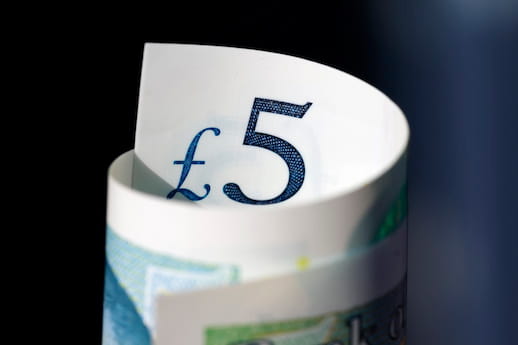
In a Thursday meeting, the Bank of England has decided to reduce its base interest rate by 25 basis points to 4.5%. This decision, supported unanimously by the Monetary Policy Committee, was made in great confidence that inflation is tame enough, which currently stands at 2.5%—a brighter look from its peak of 11.1%. However, economic growth forecasts were slashed from 1.5% to just 0.75% for 2025, with concerns regarding recovery and global trade, including proposed tariffs by Donald Trump. The market reacted positively, although it may have already priced it in, as the UK100 index is 6.6% higher since the start of this year.
Governor Andrew Bailey suggested caution with lingering risks that lead to a reinflationary status. Rising energy prices, wage growth, and recent tax hikes, such as Chancellor Rachel Reeves’ increase in national insurance contributions, could undermine all the work done to combat inflation. While some MPC members advocated for a more aggressive 0.5% reduction to address stagflation risks, the majority favoured a gradual approach to avoid destabilising the fragile economic environment. This dovish stance could point toward more rate cuts later this year, although risk remains due to divergent views on the economy’s spare capacity and future growth prospects. Historically, similar periods of cautious easing have often led to mixed outcomes, where central banks need to balance between stimulating demand and preventing overheating.
Chancellor Rachel Reeves welcomed the rate cut but voiced dissatisfaction with the current pace of economic growth, calling for additional measures to increase activity through infrastructure investments and deregulation. However, businesses continue to struggle with rising costs and job cuts, making it harder to achieve sustainable expansion. Looking ahead, the bank sees a temporary uptick in inflation to 3.7% in the third quarter before it gradually returns to the 2% target by late 2027. While the rate cut offers short-term relief for borrowers, its long-term impact will depend on how the government and the bank play their hand in domestic policies and external shocks, especially Trump's tariff threats.
Source: Reuters, Mirror, Daily Mail, The Independent
Photos: Unsplash
